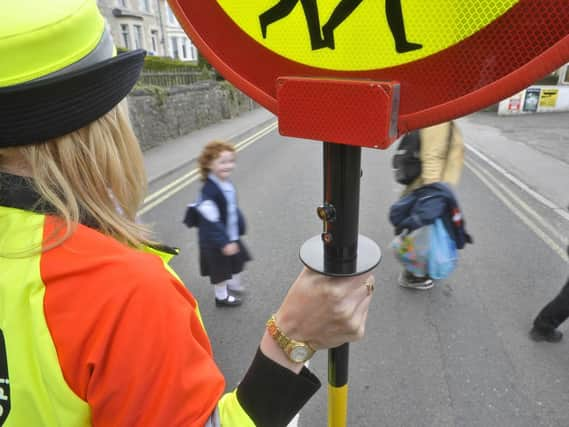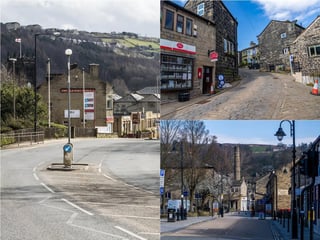Figures reveal fewer Calderdale children involved in serious car accidents


But charities say more still needs to be done to make the nation's roads safer, and stop the "tragedy" of young lives blighted by car accidents.
Figures from Public Health England and the Department for Transport show that 23 under-16s were killed or seriously injured in road traffic collisions in Calderdale in the three years from 2016 to 2018.
Advertisement
Hide AdAdvertisement
Hide AdThat was a rate of 18.6 incidents per 100,000 children – higher than the national average of 17.7.
Between 2015 and 2017, there were 26 incidents in Calderdale, or 21.2 in 100,000.
Across the country, 5,665 children were killed or seriously injured on the roads in 2016-18.
That is the highest level for five years, although it has fallen from 7,325 in 2008-10.
Advertisement
Hide AdAdvertisement
Hide AdThe Department for Transport warns some police forces have changed their definition of a serious injury, meaning national figures may not be comparable with previous years.
Road safety charity Brake said it was a "tragedy" that so many children are still hurt or killed on the roads.
A spokesman said: "Every child should have the right to be able to play out and walk or cycle to school in their community without fear of traffic and pollution.
"But many are unable to do so because of dangerous driving around schools and a lack of access to simple measures such as footpaths, cycle paths or safe places to cross.
Advertisement
Hide AdAdvertisement
Hide Ad"We need to see safer speeds, particularly around schools and on streets where children play, and greater investment in segregated cycle paths and footpaths to help keep children safe on our roads.”
Public Health England says parents cite the speed and volume of traffic as reasons they do not allow their children to walk or cycle, which it says is reducing opportunities for physical exercise.
The Royal Society for the Prevention of Accidents said it has "consistently called on the Government to increase its efforts to reduce pedestrian casualties involving children".
Nick Lloyd, head of road safety for the charity, said: "Walking to school provides excellent daily exercise, which should be encouraged and allows parents or carers the opportunity to teach children valuable lifesaving road safety skills.
Advertisement
Hide AdAdvertisement
Hide Ad"There should also be a greater emphasis on schools providing pedestrian training in primary schools to prepare children as they move up to high school."
A DfT spokeswoman said: “The death of any child on our roads is a tragedy and we express our deepest sympathies to the families who have sadly lost loved ones.
“We’ve empowered local authorities to help deliver road safety measures – such as the introduction of appropriate speed limits – and we’re using new technology and research to educate children about the dangers on our roads.”
